4) Augmented Reality Gives Confidence and Freedom in Fashion
There’s nothing worse than buying clothing online that ends up not looking, feeling, or fitting how you hoped. Dodge returns this holiday season by using Augmented Reality to let shoppers virtually try-on clothes. Let them see the fit and cut of clothes in real-time, on their body, or let them walk around apparel items on a virtual model.
Do the earrings match? Is the dress long enough? Most of the time, shoppers don’t know their dimensions off the top of their heads. With AR, 3D product models are based on real dimensions, increasing buyer’s confidence in their purchase. Again, this will undoubtedly lower returns and can grow repeat customers who enjoy the experience.
AR for Accessories & Luxury Goods

Image Source: TryOn.Jewelry
Continuing in the theme of “bringing the in-store shopping experience to your home,” it’s just as important for consumers to see how accessories look on their body without visiting the store. Imagine seeing rings on your fingers, a watch on your wrist, or a necklace on your neck, without ever stopping by the jewelry store. All this and more is being implemented by top brands today. Sephora and Covergirl are even using AR for new makeup and cosmetics experiences.
So far, we’ve seen the Try-It-On-At-Home (TIOAH) AR experience implemented for:
- Bracelets
- Earrings
- Makeup
- Nail Polish
- Necklaces
- Rings
- Watches
- And more!
5) Using Your eCommerce Platform for Augmented Reality
Apparel designer Rebecca Minkoff has been improving conversion rates consistently with AR and 3D models, here’s how:

Rebecca Minkoff has been using 3D models on their product pages since the fall of 2019. 3D models give customers a 360-degree view of products, increasing interactivity over stationary photos. Jon Wade, head of Augmented and Virtual Reality at a leading eCommerce platform says, “We’ve found that visitors who interacted with a 3D model were 44% more likely to add a product to their cart and 27% more likely to place an order that visitors who didn’t. Furthermore, when visitors viewed a product in AR, they became 65% more likely to make a purchase.”
“Visitors who interacted with a 3D model were 44% more likely to add a product to their cart and 27% more likely to place an order that visitors who didn’t. Furthermore, when visitors viewed a product in AR, they became 65% more likely to make a purchase.”
Knitted tie manufacturer Broni and Bo is another merchant utilizing Augmented Reality in their online showroom. Enhanced with facial recognition software, customers can try-on knitted bowties and wedding ties before the big day, giving customers confidence that they chose the right look. There’s no limit to the experiences you can give customers with Augmented Reality and 3D models.
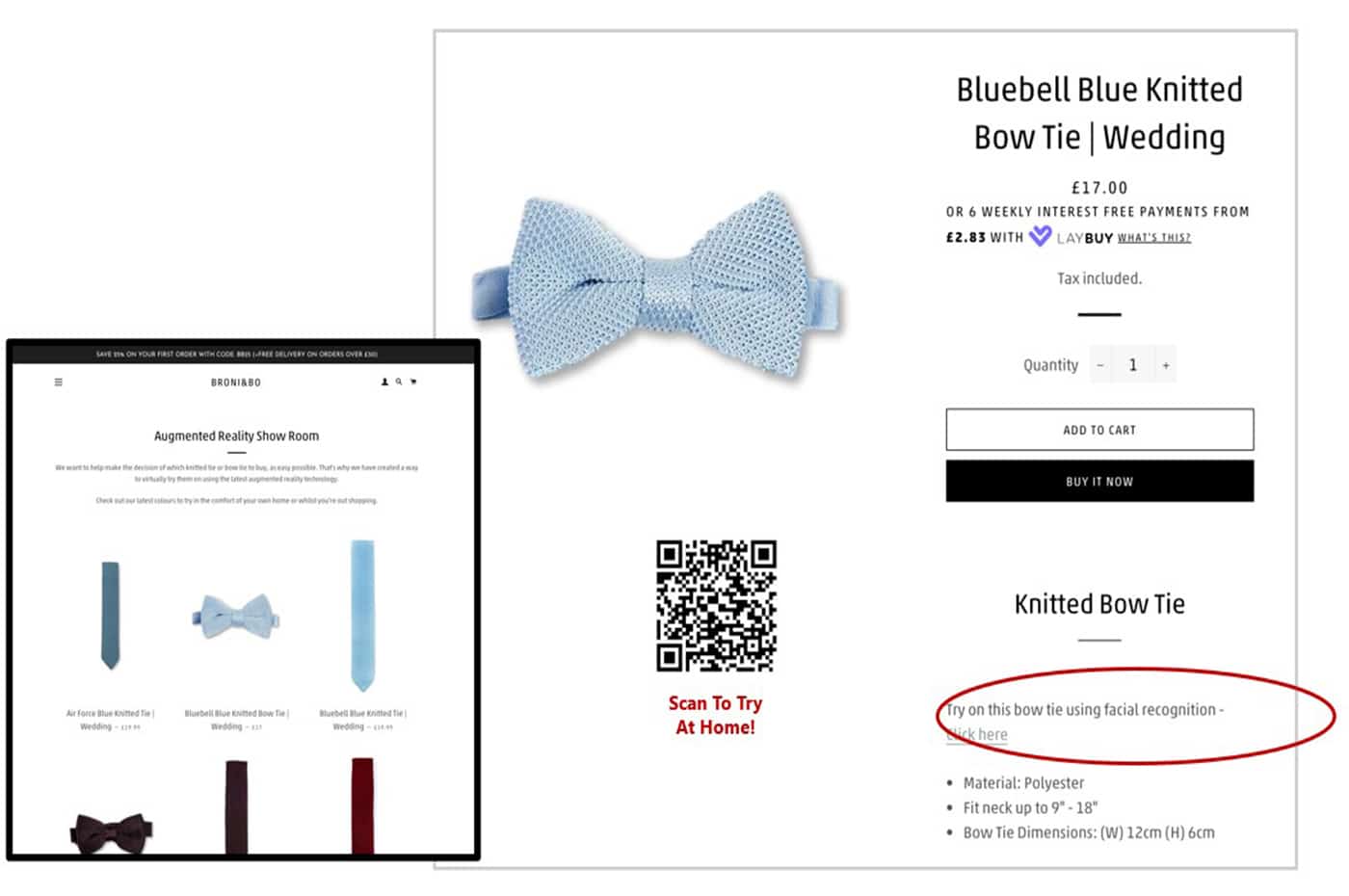
AR models can bring your product pages to life and automatically display interactive 3D models when viewed on a desktop computer. Increase buyer engagement and make consumers more confident in their purchase from the beginning with AR and 3D models.
Misconceptions about Augmented Reality:
1) It’s too expensive: FALSE!
Implementing Augmented Reality on your online store is not nearly as expensive as you many think, which is why so many companies are investing in it right now.
2) It’s difficult and time-consuming to build AR models: FALSE!
With the right team, who has experience and knowledge, it is both easy and fast to implement Augmented Reality and 3D models into your store.
3) Implementation requires additional tech and infrastructure: FALSE!
Most eCommerce platforms, like Shopify Plus, are already set up to allow for Augmented experiences. They take no extra implementations or infrastructure to implement!
Jon Wade, head of AR and VR at Shopify, mentioned this about AR’s ease of use, “Any mainstream browser works for AR, you don’t need any additional hardware, software, or expert knowledge to experience it. It works on all new mobile devices, desktops, and tablets.”
4) AR will kill the load-time of my product pages: FALSE!
The right team can implement AR experiences without sacrificing load time or website performance.
Want to Learn More About AR Implementation?
To show you how easy it is to make an AR design, send a .EPS file of your company’s logo to info@redstage.com and we’ll send you an AR model of your company logo for free. Test out the technology and see how quick the turn around time can be.
Watch this on-demand webinar with Shopify’s head of AR/VR Jon Wade and Christopher Yin, Redstage’s Global Creative director to see these examples in greater detail and get insights from the experts.
To learn more about how we can bring your AR dreams to life, visit https://www.redstage.com/augmented-reality-design to schedule your free consultation.
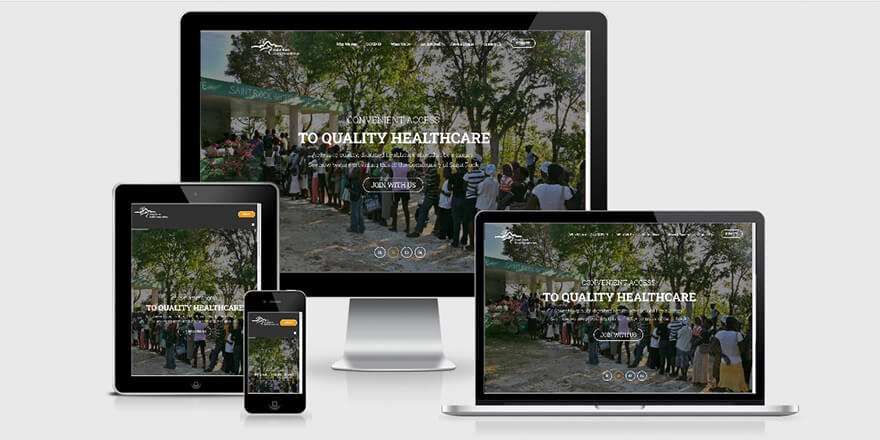
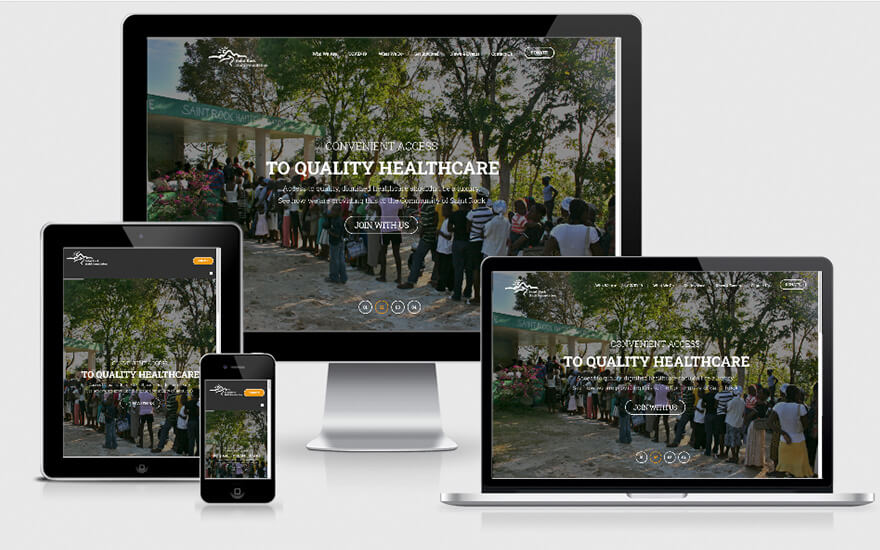


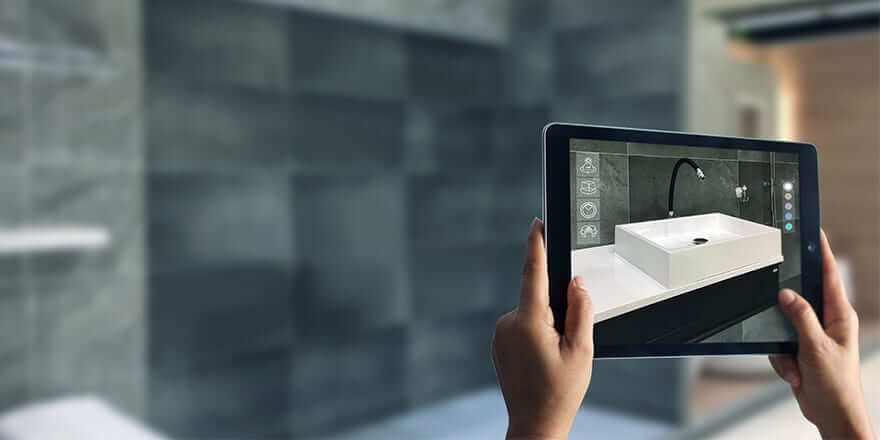
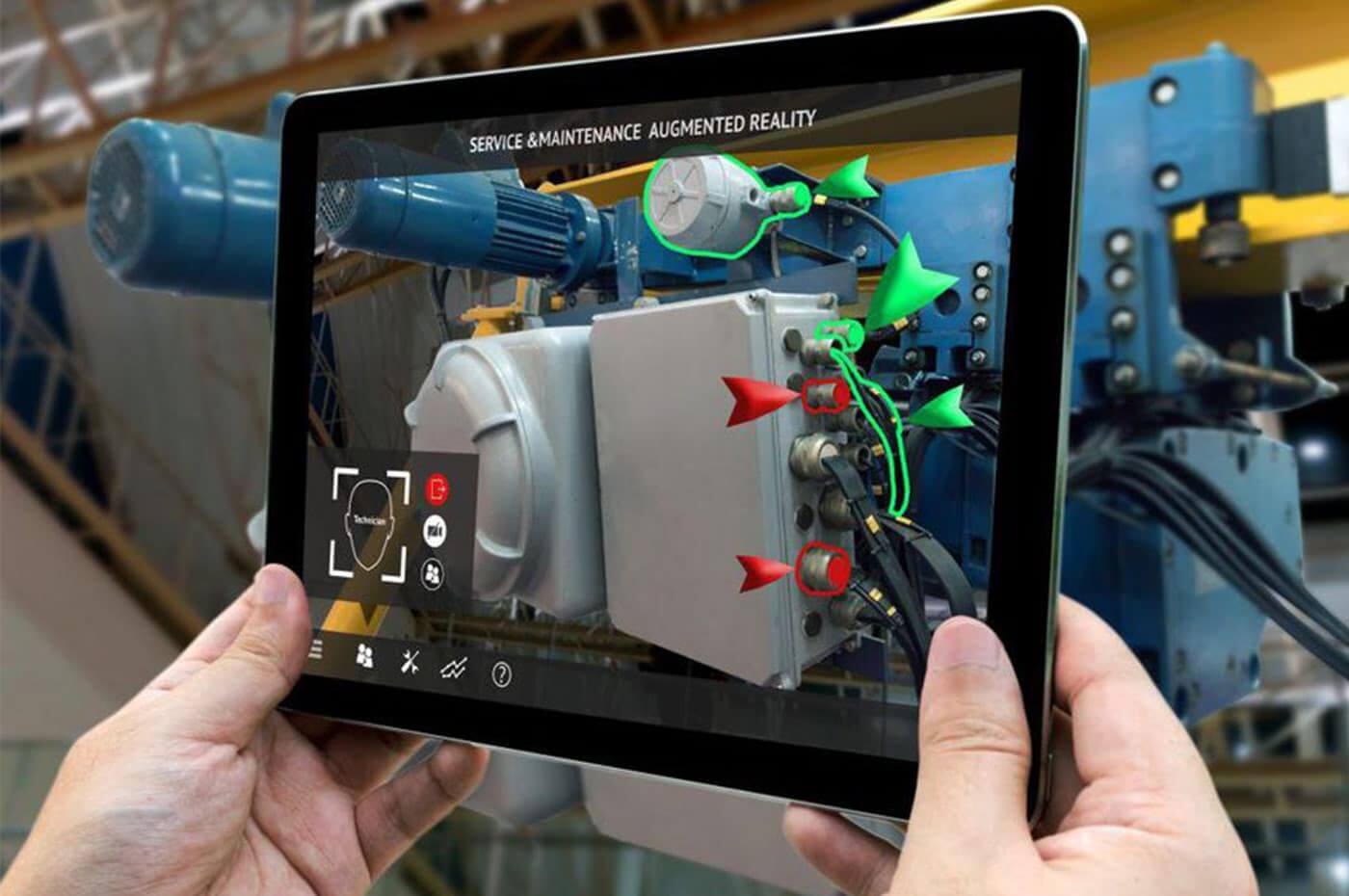

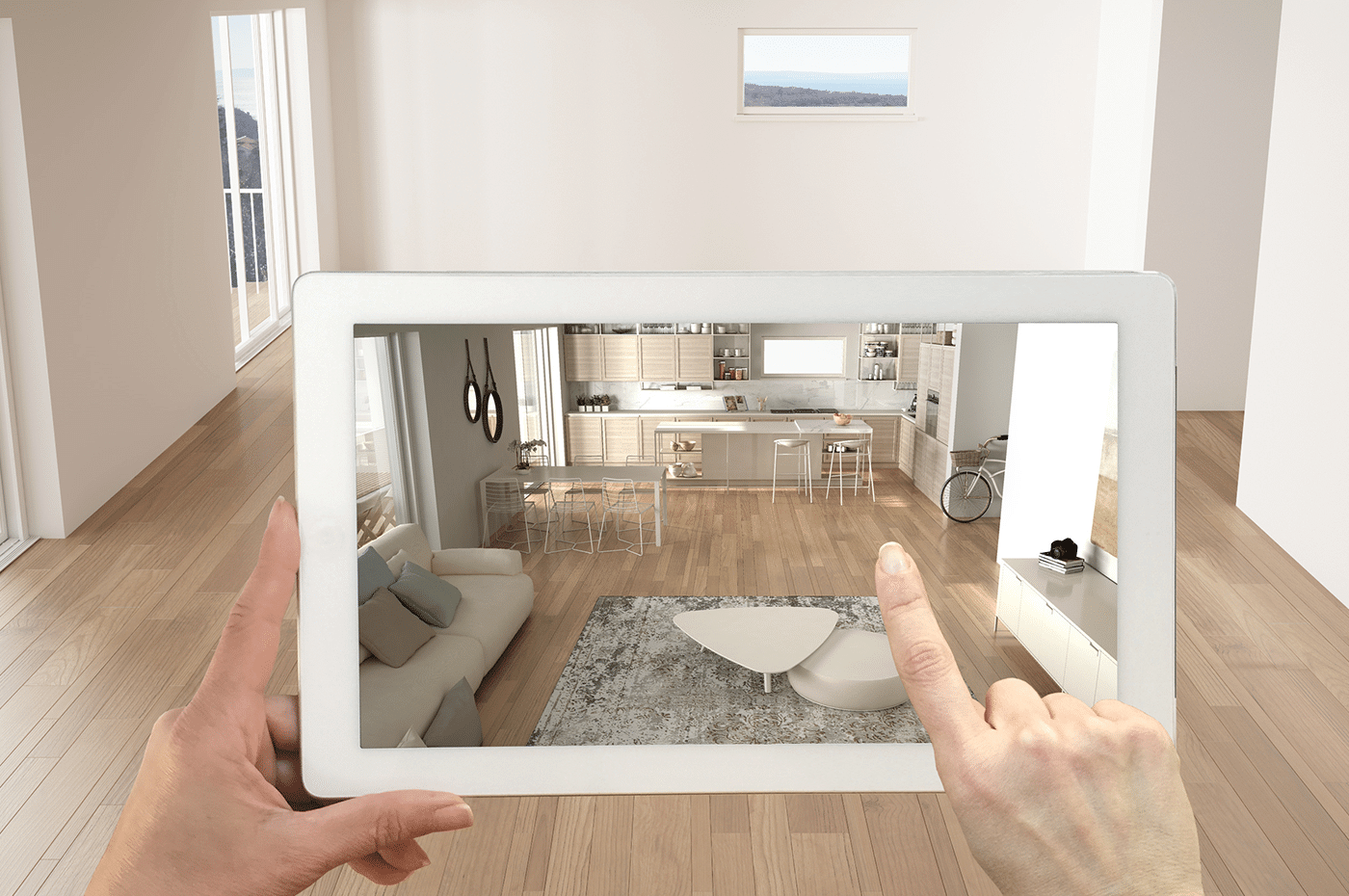
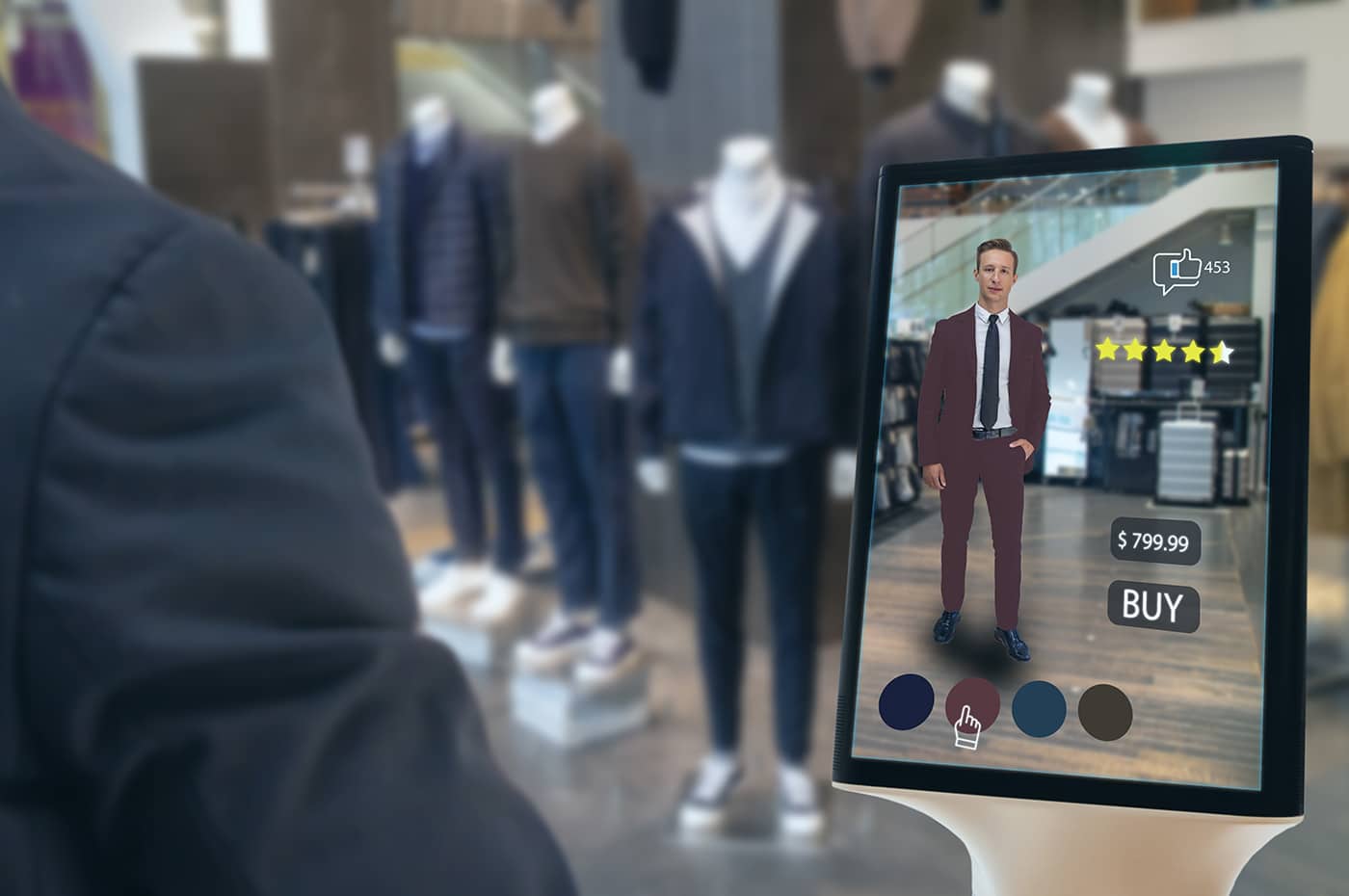

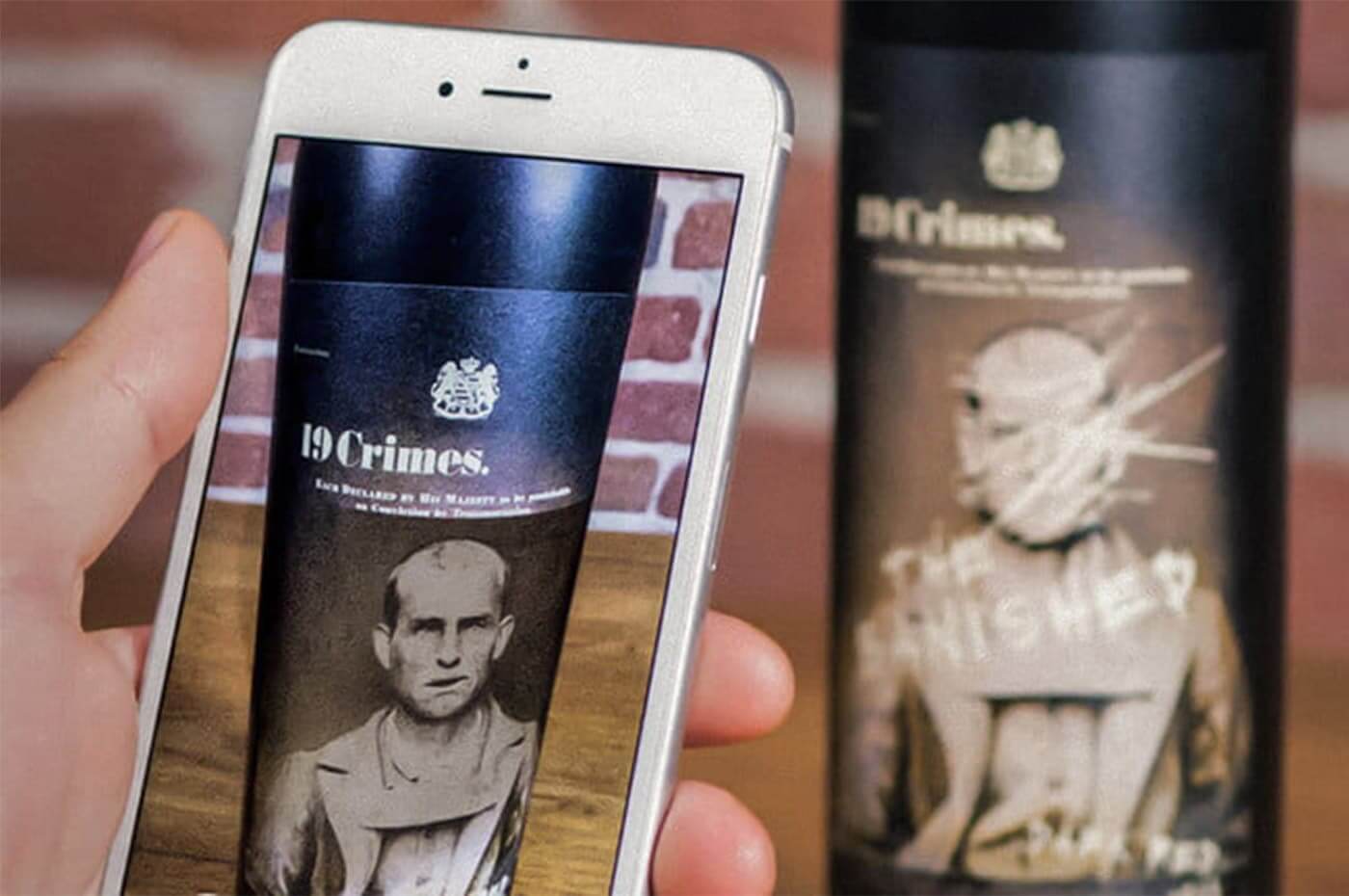
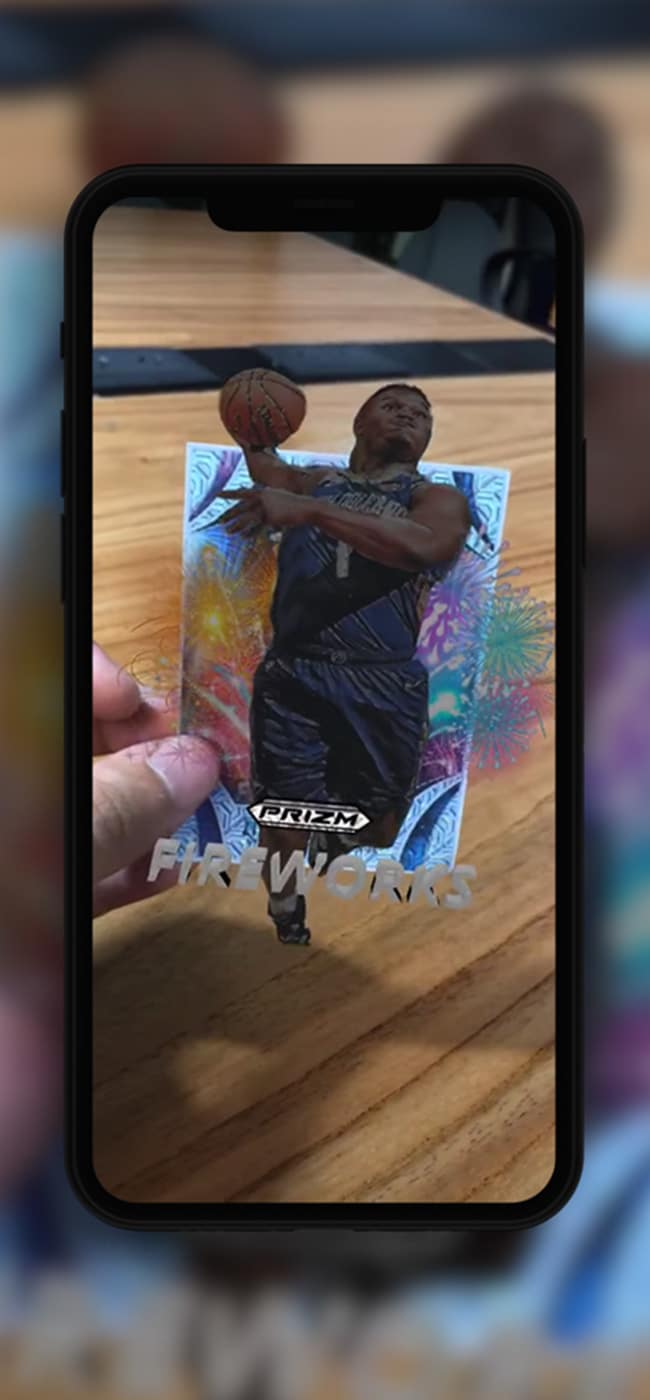



Recent Comments